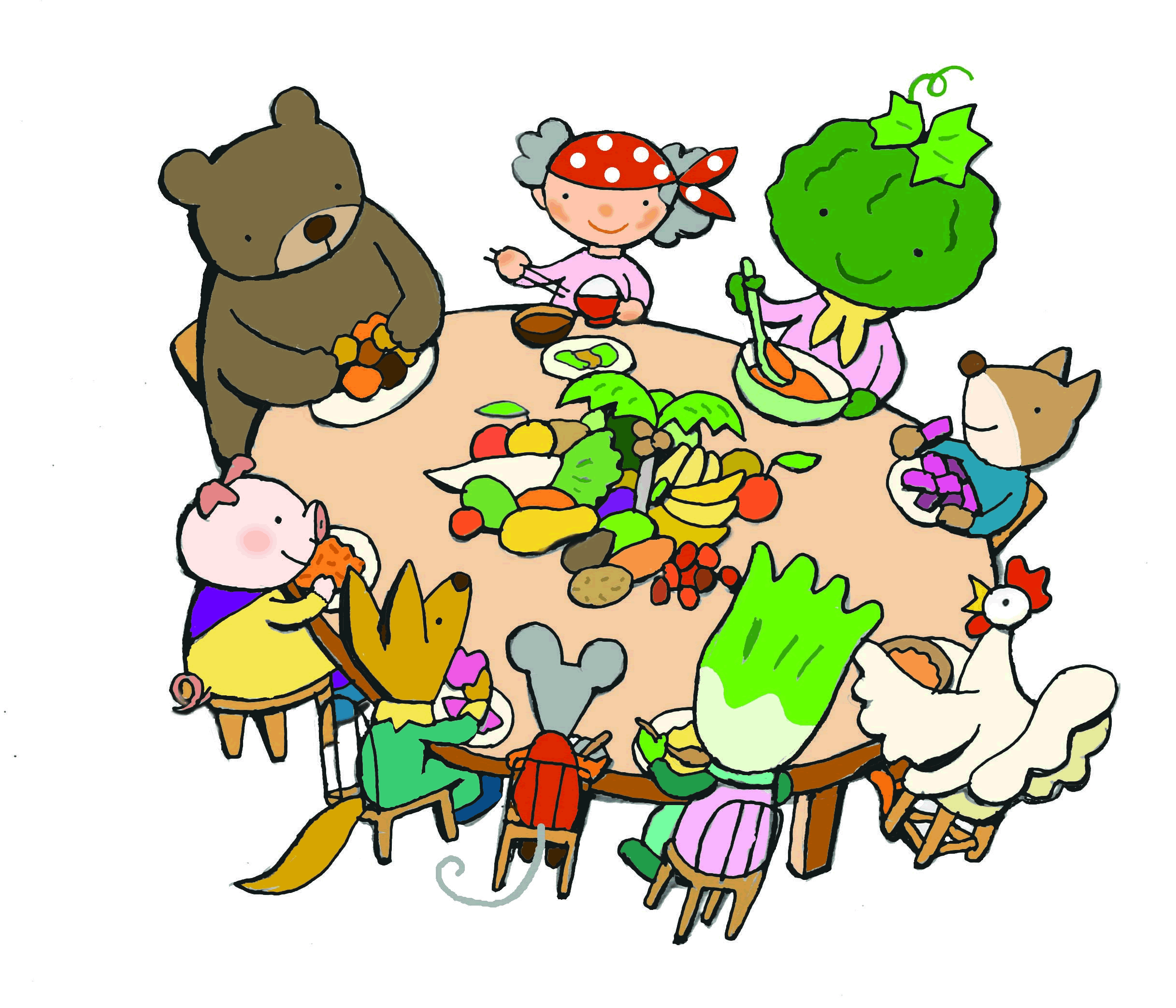Symposium: What Can We Eat? Farmers and Consumers Reaching Out to Each Other
The Three Mile Island nuclear accident that took place in the United States on March 28, 1979 had some impact on Japan and influenced the anti-nuclear movement here, especially in areas with nuclear power plant construction sites. Media, however, continued to treat nuclear issues only as regional issues, and did not give much attention to the overall, nationwide concerns.
The April 26, 1986 disaster at Chernobyl in the former Soviet Union was an even bigger shock for Japan. The radioactive clouds reached the country and caused pollution of Japanese agricultural products.
Contaminated food is a particularly serious matter for young children and pregnant women, with possible consequences for coming generations as well. The consumer movement and anti-nuclear power plant activists have pointed out similar problems resulting from the Fukushima Dai-ichi nuclear plant disaster after the March 11, 2011 eartquake and tsunami in northeastern Japan.
However, there is another aspect to the meltdowns here in Japan. After Chernobyl, farmers and consumers in Japan did not take steps to cooperate and deal with radioactive contamination, in spite of the fact that agricultural lands and the ocean were polluted. After the Fukushima disaster, farmers and consumers have ended up divided on the issues, as the perpetrators – the government and TEPCO – have strongly continued to promote nuclear power over the years.
For over 40 years, the consumer movement demanded Japan to abolish nuclear power plants in order to avoid accidents. What is our role now? Even I could never imagine such a situation after an accident has actually occured.
Our biggest challenge is how to protect the children. We need to think clearly about how to deal with the issues that divide the producers and the consumers regarding the crops and foods that have been contaminated with radioactivity. This means we need to pursue the responsibility of the government and TEPCO, and at the same time realize a nuclear-free future for everyone.
The consumer movement is not simply a movement for buying, but also a movement to actively support producers, support Japan’s agriculture and fisheries, who can provide farm-fresh food, through partnerships that provide locally grown ingredients. We are on the verge of a crisis. The question that many are asking is how we can rise to the challenge and continue to ensure that we have safe and reliable food, while also continuing to support the farmers?
Will it be possible to create solid relationships between farmers and consumers? The purpose of this symposium is to involve many people who want to discuss the future of food and agriculture in Japan.
Amagasa Keisuke (CUJ Co-chair)
Symposium: What Can We Eat? Farmers and Consumers Reaching Out to Each Other
Time: January 19, 2013, 13:30-17:00 (Sat.)
Place: Bunkyo-ku Shimin Center 2 Floor (Room A)
Map: http://www.cadu-jp.org/notice/bunkyo_city-hall.htm
Entrance: 800 Yen
Panelists:
Ono Kazuoki (Agriculture Journalist)
Tenmyo Nobuhiro (Farmer from Niigata)
Ishige Emi (Farmer from Yamanashi)
Ito Fumika (Consumer)

